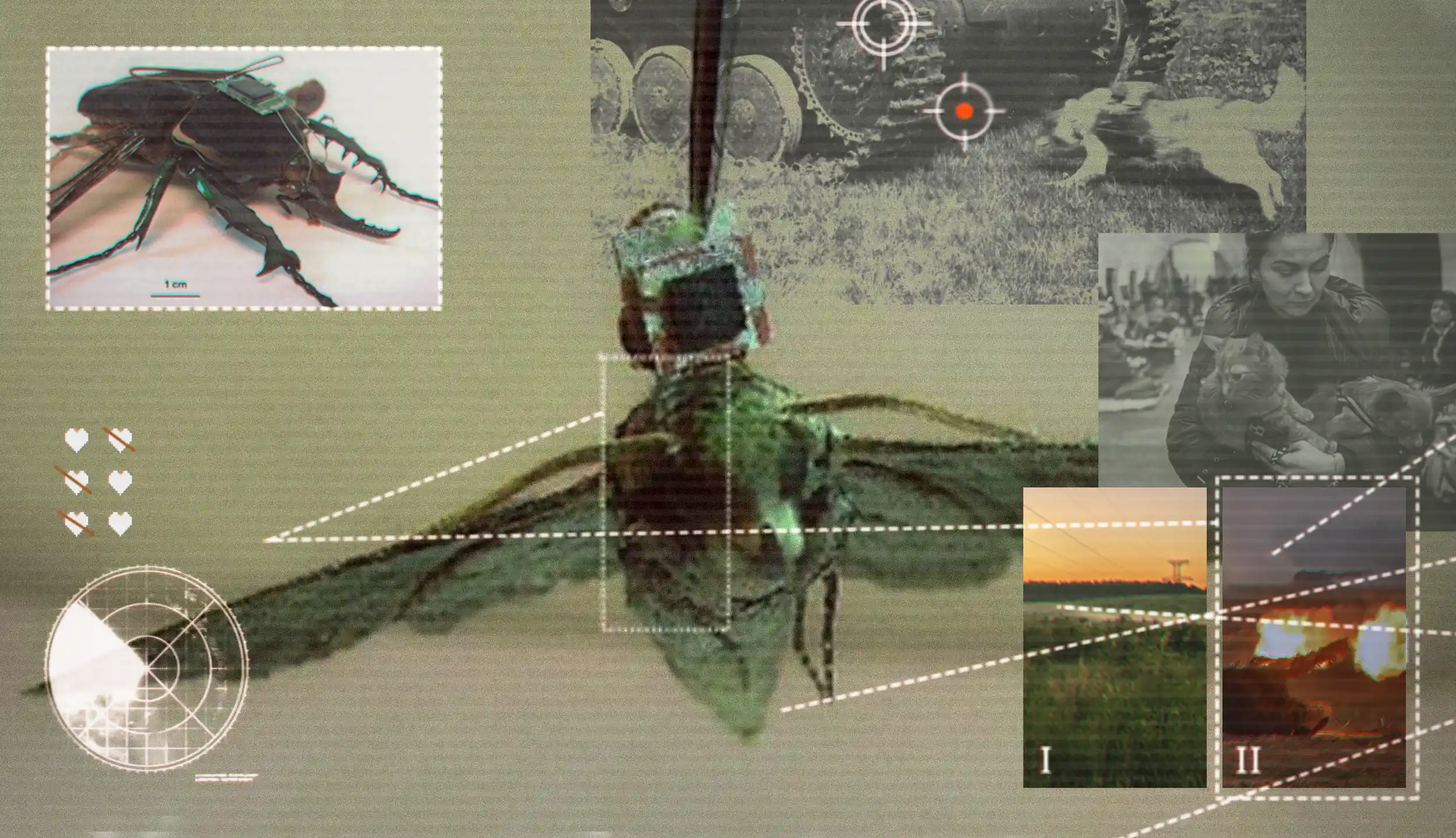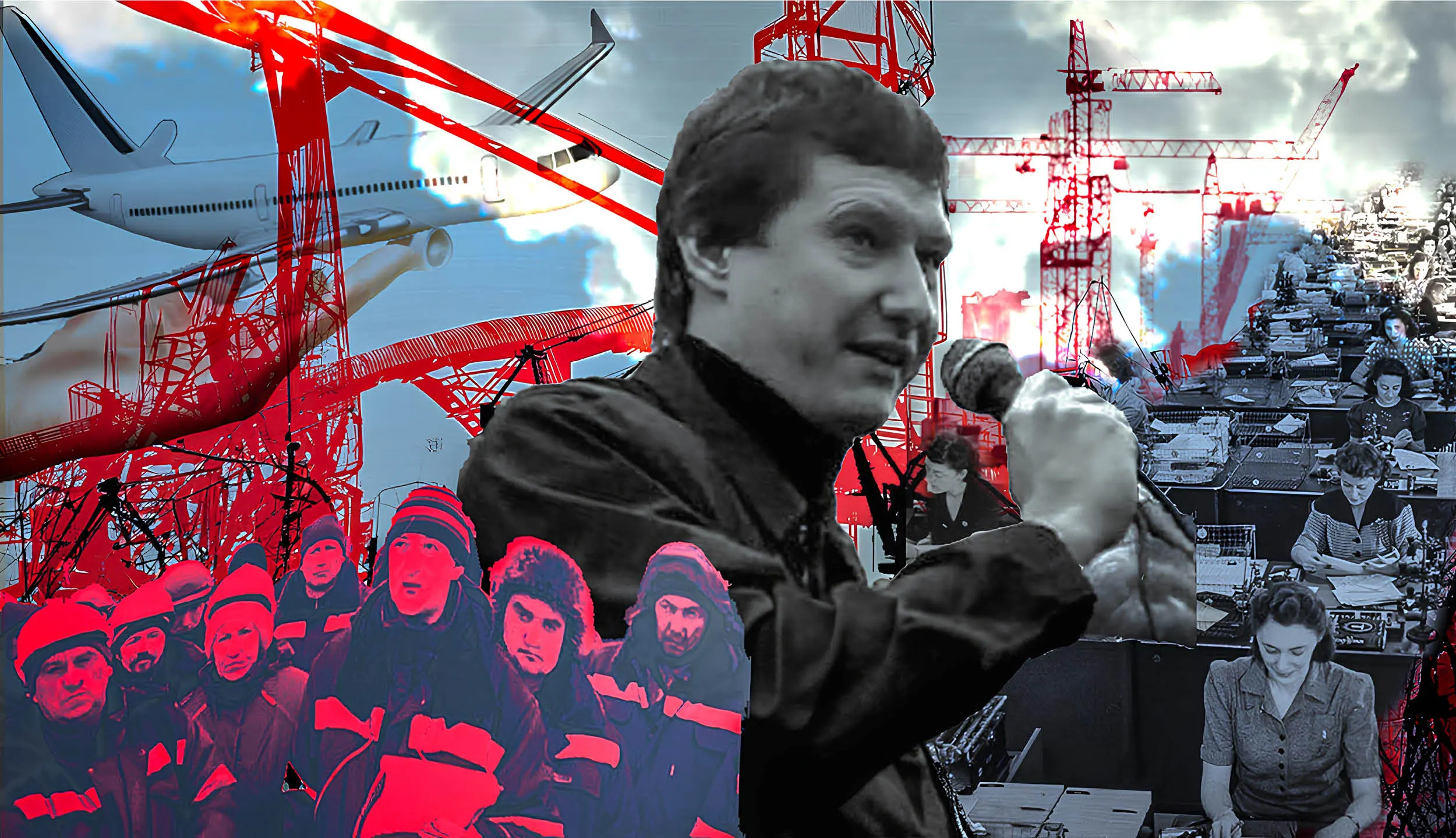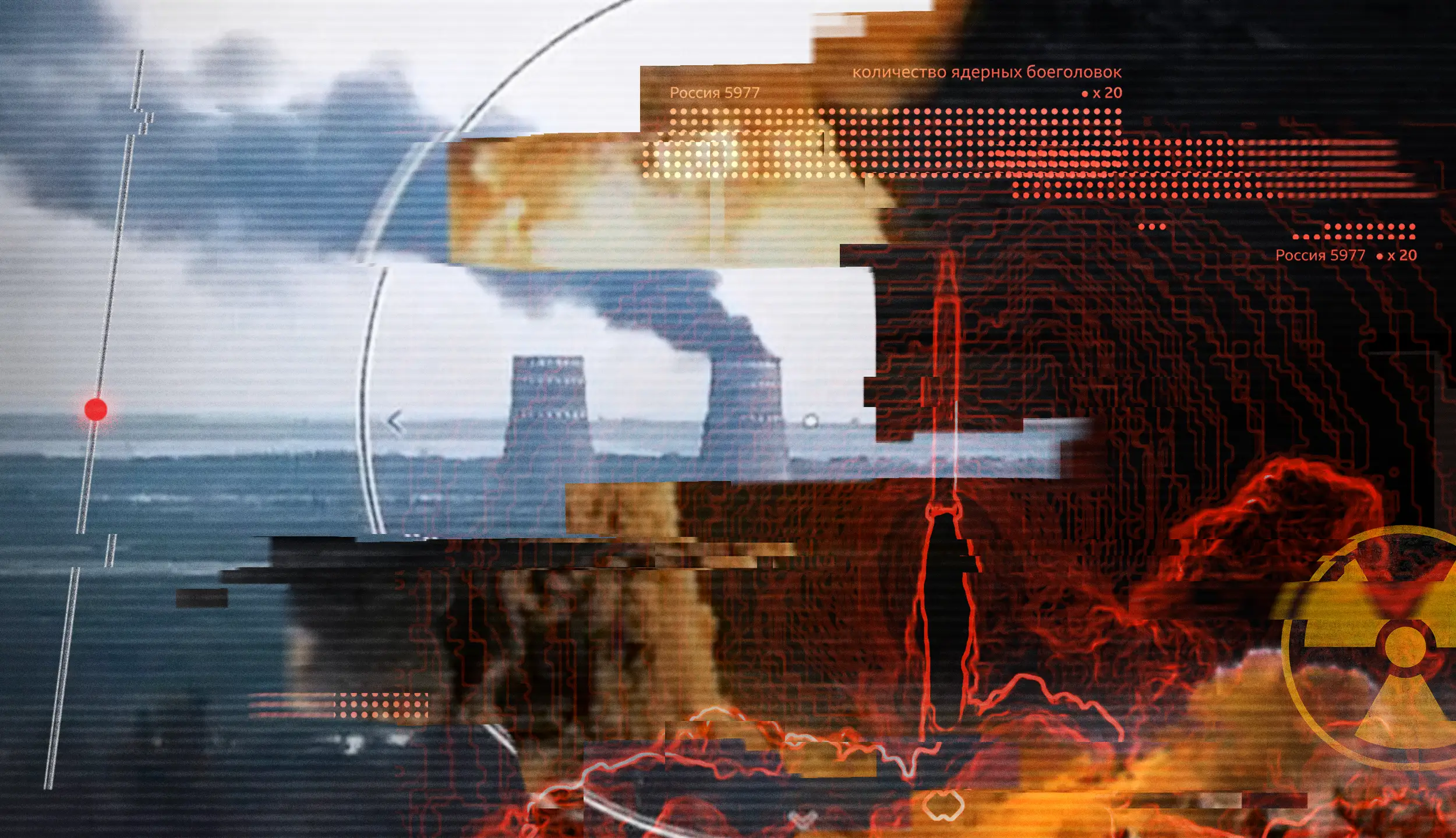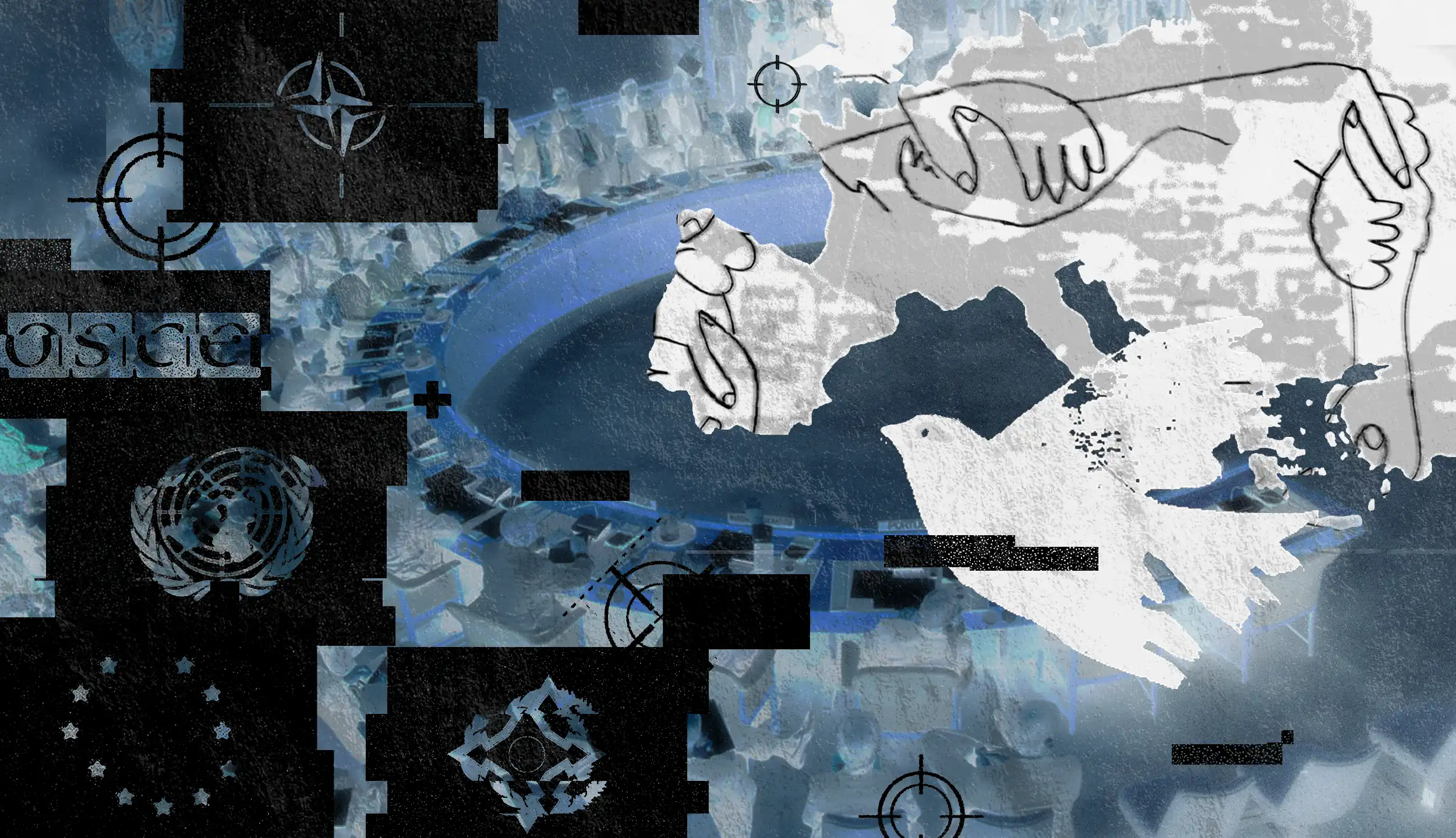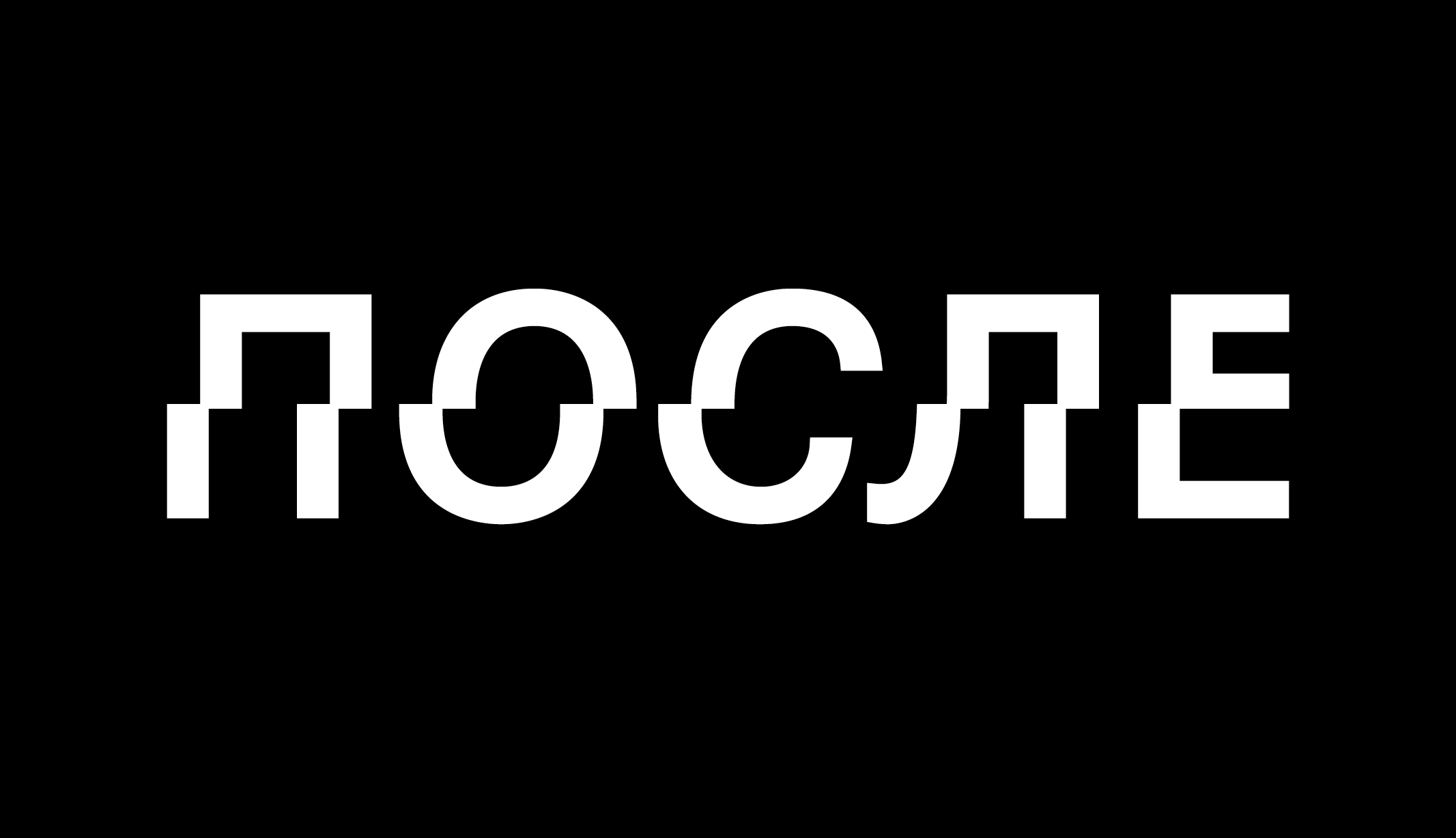Technological progress and the development of information technologies have made a breakthrough in the art of warfare: today we are witnessing high-tech combat with the use of drones, cyber-attacks, high-precision targeting systems, and artificial intelligence. In this context, the use of animals seems archaic and reminiscent of mythological stories. In the Primary Chronicle, for example, Princess Olga of Kyiv destroys the Drevlyan settlement by tying smoldering trout to the birds collected as tribute. However, animals have not been completely replaced by technological alternatives and are still used by armed forces today.
Peter Warren Singer, an expert on modern warfare, notes that the return of animals to the battlefield is one of the most surprising changes in warfare in the twenty-first century (1). In Russia’s current full-scale invasion of Ukraine, animals are also becoming recurring characters in the war-related media landscape. What are these animals and why are they being conscripted? Why do military animals have a special significance for the Russian propaganda machine? This is the subject of our inquiry.
We Also Serve: We Have No Choice
The use of animals in warfare is a way of both reducing the effects of violence against humans and, paradoxically, psychologically enabling it. The dehumanization of animals becomes the basis for the dehumanization of humans, without which a bloody war is unthinkable. Dehumanization also takes place through the comparison of the enemy with the animal: “These are not people, but animals” (2). At the same time, the image of animals as weapons is an important part of national culture and imagination. In the Book of Judges, Samson, one of the Jewish leaders, destroys the crops of the Philistines by setting fire to the tails of foxes. The crest of the current 86th “Grivati” Brigade of the Israel Defense Forces depicts a fox curled around a sword. This brigade was formed on the basis of Samson’s Foxes (3), a commando unit that fought in the 1948 Arab-Israeli War.
The symbolic significance of animals is also evident in the field of memory politics and the heroic discourse of war, which finds expression in military awards and monuments to military animals (4). The most famous award is the British Maria Dinkin Medal for gallantry, instituted in the early twentieth century, with the motto “We also serve.” One can also remember the Animals at War Memorial in London, which is inscribed “They had no choice.” In the Russian city of Akhtubinsk in the Astrakhan region there is a “We Won” monument, where a soldier is reflected in bronze next to camels, which were used to transport artillery during the Second World War. Thus, the role of animals in the history of warfare is reduced not to inflicting direct physical damage on enemy targets, but to promoting and developing militaristic policies as such (5).
However, if an animal can be awarded a medal for bravery like a soldier, it can also be captured like a soldier. International humanitarian law (IHL) was created to minimize the suffering and hardship endured by those involved in armed conflict in one way or another. Despite the active participation of animals in combat alongside humans, they are still far from being accorded any legal status as such under the current IHL regime. Moreover, in the current state of affairs, they are assigned to a category of property or objects (6).
Only one reference to fighting animals is explicit in IHL: “it is prohibited in all circumstances to use booby-traps and other devices which are in any way attached to or associated with … animals or their carcasses.” At the same time, attaching other explosive devices to animal bodies is permissible. That is, if one of the belligerents, say, catches a pack of stray dogs, attaches bombs to them, and launches them in the direction of the enemy, this would not be considered a war crime.
As we have observed, IHL does not restrict the use of animals as weapons or combatants. Is their use actually effective? Advances in military technology have made it possible to move away from large-scale animal exploitation — particularly the use of horses, camels, and elk in cavalry and logistics – in favor of specialized tactical approaches that combine military technology with the biophysical characteristics of animals. For example, dogs are trained to accurately detect explosives, mines, and drugs, and these sensory capabilities are difficult to replicate. Another advantage of using animals is the reduction of electromagnetic radiation, which is useful for covert missions.
However, the use of animals for military purposes is fraught with great risk. It requires extensive training and its effectiveness can vary depending on individual temperament and stress levels. Animals often behave unpredictably in combat situations, which can jeopardize the success of an operation or endanger handlers and nearby personnel. There are many instances in history where attempts to introduce various species into military use have resulted in tragic failures or the loss of significant resources.
Between 1941 and 1943, Soviet forces trained and used anti-tank dogs to deliver explosives to tanks, armored vehicles, and other military targets. Initially, the dogs were trained to leave a timed bomb and retreat, but this procedure was later changed to detonate the bomb with a blast that killed the dog. To conserve fuel and ammunition, the dogs were trained on tanks that stood still and did not fire their cannons. On the battlefield, however, the dogs refused to dive under moving tanks. Some persistent dogs would run up to the tanks and wait for them to stop, and the enemy would be able to shoot at them. In addition, the gunfire from the tanks frightened the animals. They ran back to the trenches and often killed Soviet soldiers by jumping there. To prevent this, returning dogs had to be shot, often on the orders of their handlers, which made them reluctant to train new dogs. Of the first 30 dogs, only four detonated their bombs near German tanks. Later, another serious training error was discovered: Soviet tanks with diesel engines were used to train the dogs, instead of German tanks with gasoline engines. Because the dogs relied on their sense of smell, they searched for the familiar smell of Soviet tanks instead of the unfamiliar German ones. Other famous examples of failed or dangerous integration of animals as weapons or for intelligence include the American Bat Bomb and Acoustic Kitty projects.
Nevertheless, experimentation continues with various atypical ways of using animals for military purposes. For example, some military and police units are training birds to detect and down drones. The French navy and the Dutch and Swiss police forces have trained golden eagles and bald eagles to do this. However, in 2022, after five years of testing, the Swiss police abandoned the program, citing unproven effectiveness and concerns for the animals’ safety.
Ghosts of Combat Mosquitoes
During the full-scale invasion of Ukraine, Russian officials regularly accuse the Ukrainian army of using animals for military purposes. At the same time, the Russian army itself is experimenting with combat animals such as dogs and dolphins. Various species appear particularly frequently in statements by the Russian Ministry of Defense in the role of biological weapons. In May 2023, Lieutenant General Igor Kirillov, head of the Radiological, Chemical, and Biological Defense Forces, charged Ukraine with spreading bird flu after he declared that his agency had “confirmed the facts of collection and certification of strains of avian influenza virus with high epidemic potential and capable of crossing the interspecies barrier, in particular the H5N8 strain, whose lethality when transmitted to humans can reach 40 percent.” According to Kirillov, the Pentagon wanted to infect Russians through biological laboratories using infected migratory birds. This theory was allegedly confirmed by the mass death of cranes and gulls in the Kherson region in October 2021. It is more likely that the poisoning of the birds was caused by the spraying of chemicals by farmers to protect their crops from rodents. The Defense Ministry also accuses the USA of intending to use drones with ampoules of mosquitoes to infect Russian soldiers. In addition, the propaganda media reported about locusts that the “Ukrainian-US” military would send to the so-called Luhansk and Donetsk People’s Republics to destroy crops.
Oddly enough, there is a hint of reality in these accusations against the Pentagon. The U.S. Defense Advanced Research Projects Agency (DAPRA) has indeed been experimenting with insects since 2006. The Hybrid Insect Microelectronic Systems (HI-MEMS) project aims to create machine-insect interfaces by placing micromechanical systems inside insects in the early stages of metamorphosis. In this way, the military can gain control over the insect’s movement and guide it toward a chosen target. That is, in theory, technologies to direct a mosquito or locust toward the Russian military are indeed being developed with some success. However, the main functions of HI-MEMS are not infection and destruction of crops (that would simply be too costly), but surveillance and detection of explosives.
Rather than a reaction to the development of HI-MEMS in recent decades, the Russian Defense Ministry’s statements resemble Soviet postwar myths. Beginning in 1949, ideas of American sabotage aimed at infecting Soviet fields with the Colorado potato beetle were massively disseminated in the USSR (7). After North Korea attacked South Korea in 1950, it was widely believed that U.S. forces had dropped bombs containing flies, fleas, or spiders infected with plague or meningitis. In 1953, the Politburo decided to verify this information. Lavrentiy Beria received two memos in which Soviet personnel working in the DPRK at the time confirmed the fact of falsification. The general public learned about this episode only in the 1990s, when the documents were declassified.
As anthropologists Arkhipova and Kirzyuk note, “the image of a powerful enemy that can control even natural phenomena is certainly frightening, but it also allows the illusion of control to be created where the possibilities of control are not very great” (7). Presumably, in today’s post-pandemic world, “infectious legends” receive additional support in the form of fears or lived experiences of illness.
Flying dogs and dolphins going AWOL
The Russian army is not abandoning the use of combat animals and is even expanding the scope of their use, but as far as we know, it is limited to mammals. Back in 2021, the media reported that Russia had developed a system for parachuting military dogs. After landing, “the dogs were immediately ready for combat missions” and “could be used in Ukraine to ensure the safety of troops.” In 2021, the German company Paratek also introduced an innovative K9F Para-fox flight-pod. However, a Paratek manager commented on the development, “Dog missions are not high on the priority list of conventional armed forces so they dedicate neither time nor funds to developing equipment for these missions.”
The Russian Navy also trains combat dolphins. The Soviet Navy had a research base to study the military use of marine mammals in Kazachya Bay in Sevastopol. The military dolphin research program ceased in the early 1990s. In Ukraine, dolphins were used as therapy for children with autism spectrum disorders and cerebral palsy. In 2014, after the annexation of Crimea, the Russian military reopened a military unit based at this oceanarium. Today, net barriers for marine mammals are installed at the entrance to the port of Sevastopol and at Novoozerne in Crimea. Most likely, the dolphins are to protect the ships from divers with limpet mines or divers conducting reconnaissance. According to the idea, after detecting a diver, they can mark him for the military.
The use of marine mammals for military purposes is quite common. For example, the US Navy used dolphins during the Vietnam War. Since 2014, Navy officials have reported that they plan to end the program due to significant financial costs and replace most of the animals with robots. However, Congress has prohibited the Navy from retiring mine-detecting dolphins or training marine mammals in port security until new mine-detection systems that are as good as or better than the animals that are deployed.
Many ecologists and zoologists point to the complexity of behavior and cultural differences among dolphins and whales, their susceptibility to each other’s influence, and the playful nature of their interactions, which make it impossible to accurately predict their actions (8). For example, there are regular news reports of military cetaceans going AWOL or even swimming away. One can recall the beluga whale Hvaldimir, who was discovered in Norway with a camera on special mounts. Although the beluga whale’s past could not be determined with certainty, most versions boil down to the fact that it belonged to the Russian Navy.
The unrealistic and mythologized claims about the use of animals by enemy forces, as well as the problematic and resource-intensive nature of Russia’s own training programs for war animals, indicate that for Russia, military animals have a symbolic rather than a military-strategic significance. Within Russian militarism, animals symbolize total war and the “invisible threat.” They “naturalize” military actions, making them spontaneous and unpredictable. The enemy becomes more powerful and indiscriminate, and the response requires greater cunning and cleverness.
For Ukraine, on the other hand, animals are meant to “humanize” military and violent resistance to the aggressor. Ukrainian media focus on the special bond between the servicemembers and animals and the animals’ ability to maintain morale. Videos of animals in trenches and military units are successfully circulating on social networks. Ukrainian military units pick up abandoned cats and dogs in the war zone and take care of them, and they in turn become a “part” of the armed forces, for example, guarding the territory or hunting mice.
Russian troops are also trying to play in this field of viral reports. For example, the goose Drone, which appeared in the news on Russian federal channels, was allegedly given to the military by local residents for New Year’s Eve dinner, but they were unwilling to eat it and left it as a “watchdog.” There is a channel in Telegram for a raccoon stolen from the Kherson zoo. The slogan of the channel: “We saved the raccoon, let’s save all the others.” Considering that before the arrival of the Russian military there was no one to save the raccoon from, and little is known about its life in captivity, its image functions more like a mascot or a trophy. Moreover, such reports seem to be more produced and centralized than videos posted by members of the Ukrainian armed forces in their own social networks.
The most famous fighting animal in Ukraine is Patron, a dog employed in mine clearance in the Chernihiv region. Patron is called the mascot of deminers, the embodiment of Ukrainian patriotism, a national hero, and the most famous dog in Ukraine. On May 8, 2022, the President of Ukraine awarded Patron the Medal of Merit and his handler the III degree Medal of Valor. This example also shows not only the utilitarian, but also the symbolic function of military animals and the ability to raise important and emotionally heavy issues in the popular media through animal images (in Patron’s case, the vast extent of minefields in Ukrainian territories).
Notes
- Salter, C. (2015). Animals and War. Anthropocentrism and Technoscience. NanoEthics, 11.
- Salter, C. (2014). Introducing the military-animal industrial complex. Animals and War: confronting the military animal industrial complex. Lexington Books, 2.
- Morrón, A.P. (2014). Animals as weapons. Animals and War: confronting the military animal industrial complex. Lexington Books, 55-56.
- Kean, H. (2013). Animals and war memorials: different approaches to commemorating the human-animal relationship. Animals and war. Studies of Europe and North America. Brill, 237-262.
- Morrón, A.P. (2014). Animals as weapons.
- Nowrot, K. (2015). Animals at war: the status of “animal soldiers” under international humanitarian law. Historical Social Research, 40(4), 136.
- Архипова, А., & Кирзюк, А. (2019). Опасные советские вещи: городские легенды и страхи в СССР. Новое Литературное Обозрение. [Arhipova, A., & Kirzjuk, A. (2019). Dangerous Soviet Things: Urban Legends and Fears in the USSR. Novoe Literaturnoe Obozrenie.]
- Whitehead, H., & Rendell, L. (2014). The cultural lives of whales and dolphins. University of Chicago Press.
 | This series of publications was supported by the Friedrich-Ebert-Stiftung |

